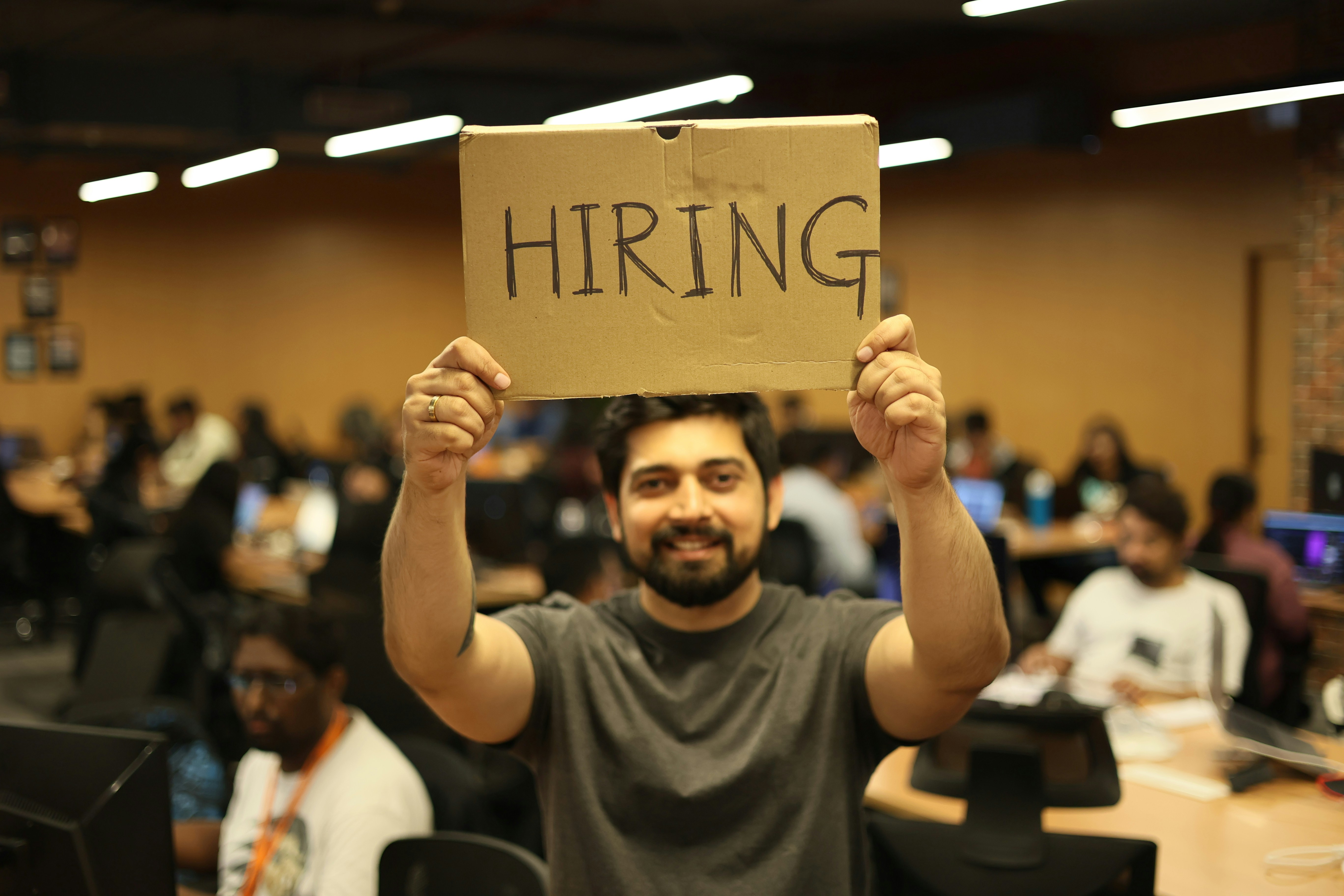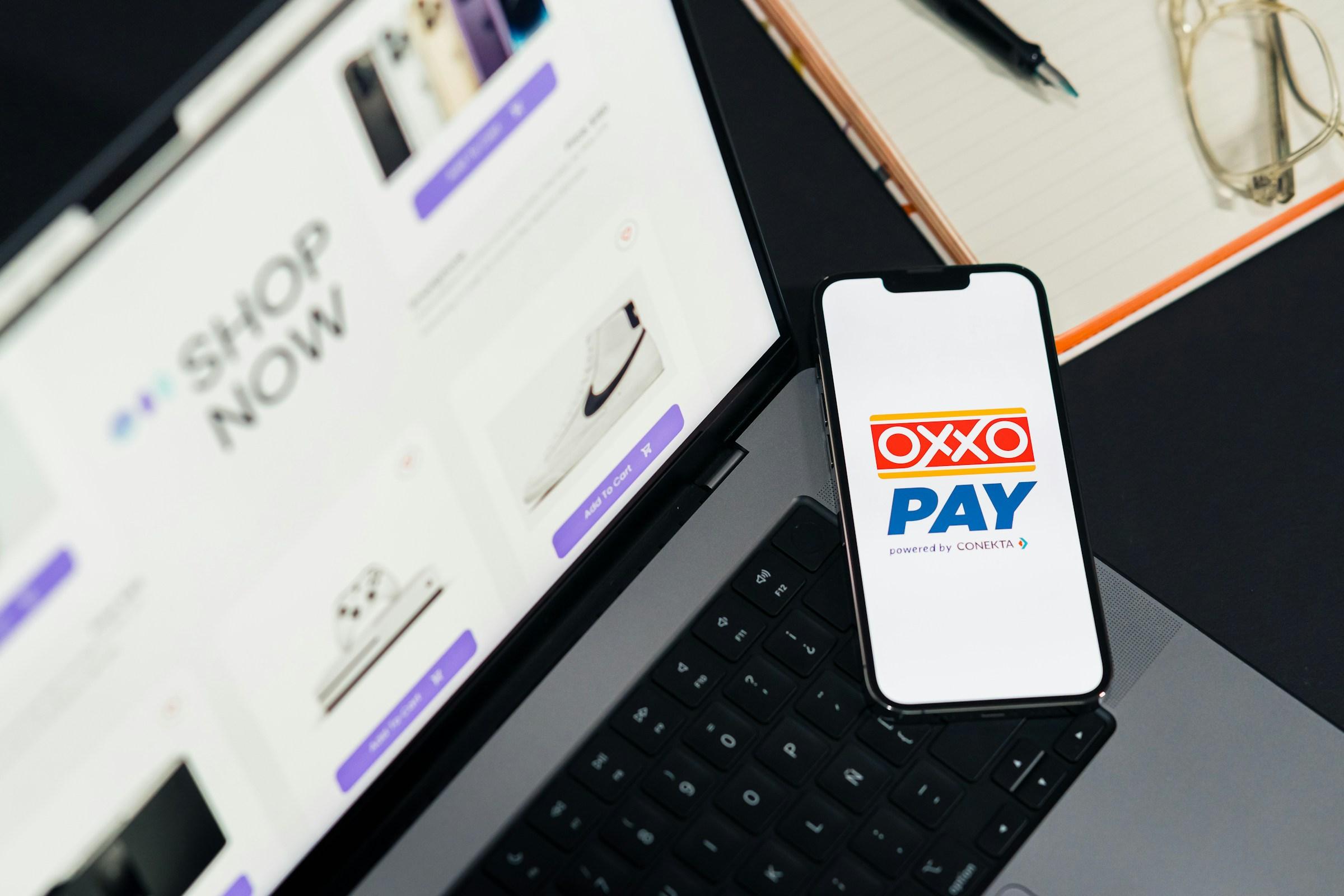Fake job postings look like a minor UX irritant. They are not. At scale, they distort how labor markets match supply to demand, they inflate cost structures across HR tech and staffing, and they degrade the trust that fuels every marketplace that touches hiring. If you run a platform, a job board, an ATS vendor, or a staffing business, this is not only a brand problem. It is a unit economics problem that compounds over time.
Start with the matching function. In a healthy market, each vacancy signals real demand for labor. Applicants invest time, platforms route attention, algorithms learn, and conversion data gets cleaner over time. A fake job short circuits that loop. It presents as demand but does not clear, so the platform optimizes toward a dead target. Candidates invest cycles that will never monetize as employment. Recommendation systems get trained on noise. Time increases for everyone and no value gets created. The result is a measurable productivity drag. Not just for the applicants who spent hours rewriting resumes and taking skills tests. For employers whose hiring pipelines get congested with attention that could have gone to real roles. For platforms that now must spend more capital on fraud detection and still suffer a reputation hit when users spot the grift before they do.
Now zoom into the cost stack. A fake listing looks free to the party that posts it if fees are low or waived, but it is never free to the ecosystem. Platforms pay in moderation labor, model training, and customer support. Recruiters pay in candidate fatigue and lower reply rates. Employers with real openings pay in slower time to fill and rising media spend as they try to cut through the noise. Applicants pay in both direct and opportunity cost. A typical early career seeker might allocate a few hours per application cycle. Multiply that across tens of listings in a month and thousands of seekers across a city and you get a quiet GDP leak. The drag never appears as one headline number. It shows up as slightly slower starts, marginally higher onboarding churn, and a dull ache in productivity metrics that no one can isolate.
Platforms feel the hit first in their funnel math. A job marketplace lives on a flywheel. More high quality listings attract more applicants. More applicants create better match density, which attracts more employers. Fake ads insert friction at three points. They reduce applicant satisfaction after the click. They dilute the signal for ranking models that depend on post click outcomes. They push paying employers to test alternative channels because conversion looks worse than last quarter even though their roles have not changed. This is how flywheels stall in slow motion. Not with a crash. With a sequence of small degradations that force the platform to subsidize growth longer than planned and to defend quality with higher fixed cost.
Consider pricing. The presence of fake or speculative roles shifts incentives in media spend. Employers who genuinely want to hire now compete against actors who value clicks for reasons unrelated to hiring. Some want to build talent pools for future roles and choose to keep ads live. Others want to scan the market for salary data. A few are malicious and harvest personal data. Different motives, same effect. The auction clears at a higher price for attention that does not convert. The efficient frontier of cost per qualified applicant moves the wrong way. Honest spenders pay a quiet tax to the dishonest or the careless, and platforms get blamed for the experience even if they were not the original source of the problem.
The economic impacts of fake job postings also show up in wage formation. When false demand signals flood the market, they can prop up wage expectations that do not match real budgets. Candidates anchor to numbers seen in listings that never had approval behind them. Negotiations drift. Real offers feel underwhelming compared to a phantom benchmark. That slows acceptances and increases renegotiation cycles, which again lengthen time to fill, which again raises cost of vacancy. The loop is circular and expensive.
Then there is the compliance surface. Many regions now treat job advertising claims more like consumer marketing claims. Salary transparency rules, equal opportunity statements, and record keeping standards raise the floor for what counts as a compliant listing. Fake ads become a regulatory risk as well as a trust problem. That risk has a price. Platforms add legal review. Agencies buffer with contracts. Employers route more postings through internal HR to avoid brand damage. Each move adds overhead that does not make matches faster or better.
For B2B SaaS vendors in the hiring stack, fake postings create model risk. If an ATS or CRM learns from engagement data that includes non hiring outcomes, it can rank skills, schools, and experiences in ways that reflect the pathologies of fake demand. Downstream products that rely on these rankings, such as candidate rediscovery or internal mobility suggestions, inherit that bias. The vendor then spends roadmap cycles on cleanup work instead of shipping features that actually help customers hire faster. That is opportunity cost at the product level. It is also a subtle form of technical debt that drags valuation narratives in a market that already expects profitability discipline from HR tech.
The geographic angle matters. In the United States, platform penetration and programmatic ad buying make the problem both visible and fixable with the right enforcement. In parts of Southeast Asia, informal recruiting channels and messaging led workflows make fake ads harder to trace and easier to rationalize as business development. In China, where super app ecosystems control identity, chat, and payment, platform level enforcement can be strong, but off platform copycats still game the edges. The point is simple. The more fragmented the hiring surface, the more expensive the policing. The more unified the surface, the higher the stakes for the platform that owns it.
There is also a talent brand cost that compounds slowly. Applicants who keep hitting dead roles reduce their response rate across the board. They ghost faster. They apply in broader, less targeted batches to hedge. Employers then see weaker fit in inbound applications and respond by adding more screening steps. That increases candidate fatigue and pushes more applicants to abandon flows. Everyone pays with time. The platform pays with lower satisfaction scores and higher churn in the most valuable cohort of users, which is the candidates who match well and move quickly. Those users switch to trusted micro communities, Slack groups, or alumni boards. Marketplaces lose their best supply first.
Some argue that fake openings are harmless because they gather resumes for future roles. That defense sounds practical. It breaks in practice. A pipeline built on implied promises is a liability when you cannot activate it quickly. Candidates anchored to a specific title or salary band will often disengage when the real role shows up months later with different scope or pay. Worse, the original experience sets an expectation about responsiveness. If the first touch felt like a dead end, the second touch rarely converts. You collected leads. You did not build trust. That is not cheaper hiring. That is future attrition.
So what does a rational operator do. Platforms need to treat job authenticity as a core product attribute, not a moderation chore. That means proof of budget or headcount authorization at the point of posting for certain role types. That means outcomes based ranking where listings that produce hires get priority over those that farm clicks. That means candidate side controls that let users flag suspected fakes in one tap and see the platform act on it with visible feedback. The fastest way to heal a marketplace is to reward the behavior you want and to show your hand when you protect it.
Recruiters and employers need to clean their math. If you post for talent pooling, tag it as talent pooling. If you test comp bands, do not do it through live ads. Use surveys, third party data, or direct outreach that makes the intent explicit. Measure time to credible offer, not just time to first conversation. Track repeat engagement from candidates who have interacted with your brand across multiple cycles. If that number is falling, fake signaling may be the culprit. You cannot fix attrition at the end of a funnel that was poisoned at the top.
Regulators should resist blunt rules that punish volume. The target is not how many ads go up. The target is how many ads lead to real interviews and real offers. A disclosure standard that distinguishes exploratory hiring from approved headcount would reduce ambiguity without choking demand. Salary transparency helps, but only if combined with enforcement against obviously manufactured ranges and requirements that list internal requisition status for certain salary tiers. The goal is not to make hiring harder. The goal is to make signals honest.
The macro question remains. Does this meaningfully move labor productivity. It does at the margin in sectors where hiring velocity is a competitive edge. Sales teams that lose a quarter to a clogged pipeline lose revenue that does not return. Startups that miss a technical hire by two months slip roadmaps that cannot catch up without burn. Large firms absorb the noise, but even they pay through slower mobility and more internal recruiting effort. Across a year, the drag looks small. Across a cycle, it is one more reason output per hour grows slower than it should in knowledge work.
There is also a security angle that gets less airtime than it should. Fake postings that drive to phishing pages or request document uploads create real consumer harm and reputational damage that platforms ultimately own. The cost here is not just refunds or takedowns. It is the need to build identity gating into the posting flow, to maintain threat intelligence, and to run playbooks that coordinate across payment, messaging, and ad systems. Every dollar spent on that is a dollar not spent on better matching or mobility features. Necessary, but still a tradeoff.
For founders and product leads, treat this as a model hygiene issue. If your business depends on two sided trust and visible conversion, fake demand is not an edge case. It is entropy. Fight it with product, not press releases. Tie distribution to verified outcomes. Weight ranking on completed interviews and signed offers, not vanity engagement. Give candidates a clean status trail that closes the loop even when the answer is no. Respect beats resentment. Resentment churns your best users first.
This is the part where some leaders will ask for a number. How big is the hit. The honest answer is that the number varies by market, product design, and enforcement posture. The better question is the operator question. What breaks when you double this. If the share of fake or speculative ads doubled on your platform, how would your conversion shift, your support load spike, your net revenue retention move. If the answer is that your best users would leave quietly and your cost to acquire the rest would rise, then you already know what to do.
The economic impacts of fake job postings are not a curiosity. They are a systems problem that erodes value from several directions at once. They tax productivity by wasting scarce attention. They distort pricing by awarding budget to actors who do not intend to hire. They degrade trust, which is the only real moat any hiring marketplace has. Fixing this is not glamorous. It is product work, data work, and policy work. Do it anyway. The app is fine. The model is what is bloated.




.jpg&w=3840&q=75)




.jpg&w=3840&q=75)


.jpg&w=3840&q=75)


